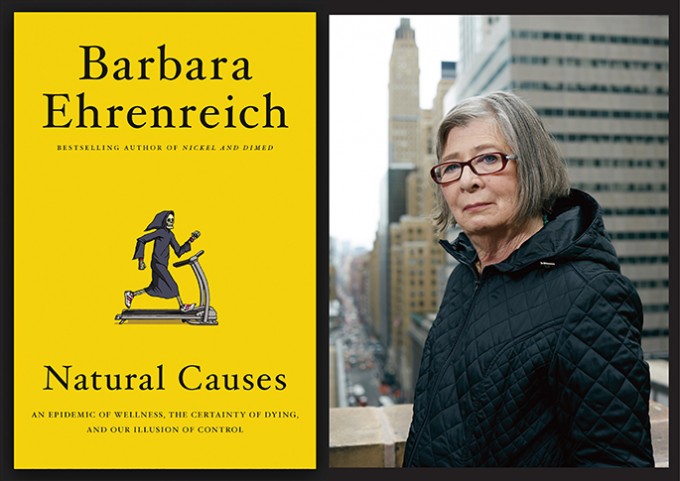Nursing Book Club
Natural Causes: An Epidemic of Wellness, the Certainty of Dying and Killing Ourselves to Live Longer by Barbara Ehrenreich
A Contrarian View of Aging

Barbara Ehrenreich has authored or coauthored almost 20 books, many of them on topics other than healthcare and science. Thus, I was surprised to learn that she has a Ph.D. in cellular immunology and is well qualified both as scientist and author to explain why she has given up on many health screenings that most reasonable people subject themselves to.
In her recent book Natural Causes, Ehrenreich says she has discontinued annual exams, pap smears and many other preventive or diagnostic procedures. She explains that it’s not because of procrastination, cost or lack of insurance coverage, but because she’s decided that if she is old enough to die — she recently turned 77 — she is also old enough “not to incur any more suffering, annoyance or boredom in the pursuit of a longer life.”
She goes on to say she isn’t completely avoiding medical care and will continue to seek help for anything she terms an urgent problem. However, she no longer wants to spend her remaining time searching for problems that are not immediately detectable or sacrifice her quality of life for the sake of longevity.
In the succeeding chapters, Ehrenreich discusses our collective obsession with wellness, which she sees as pernicious, redefining health in terms of class or cultural cues such as thinness, the ability to maintain a healthy diet or having a gym membership. She argues that in many cases, “wellness” is really about victim-blaming, treating death as a personal failure rather than a natural and inevitable part of life.


